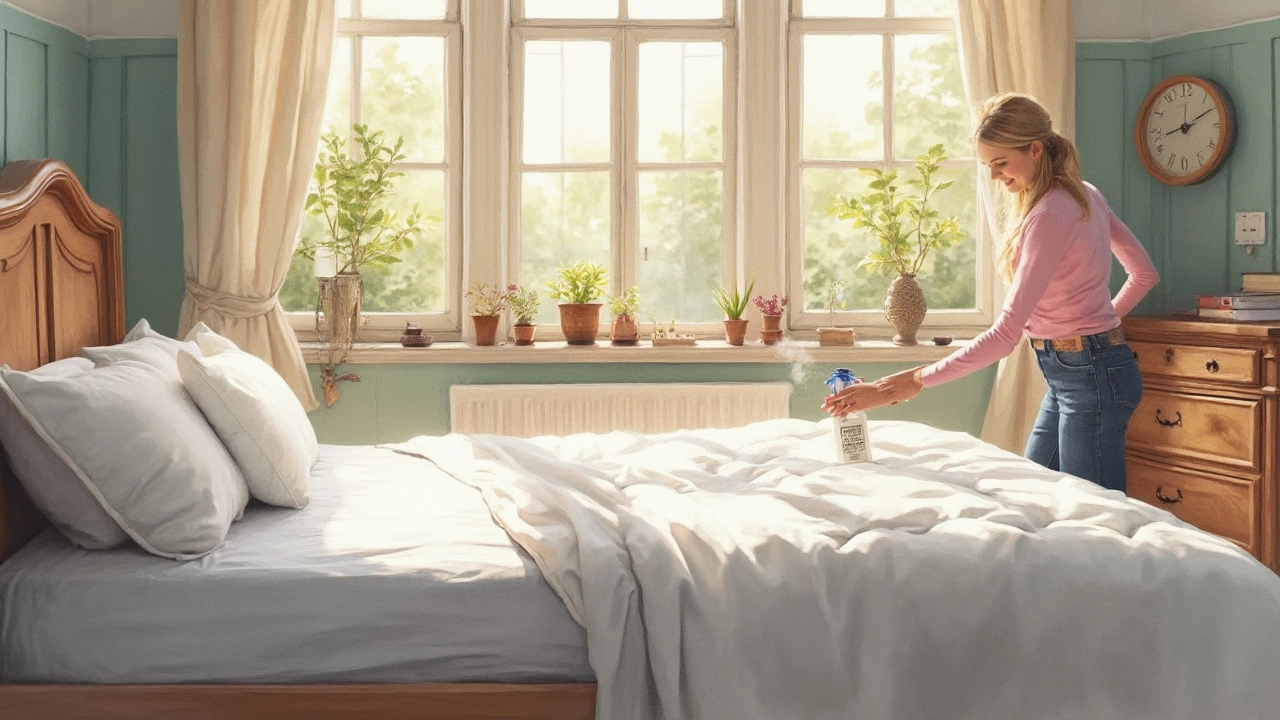Bed Cleaning Made Easy – Fresh Mattress, Fresh Sleep
Ever wake up feeling like you just slept on a dirty surface? A clean bed does more than look nice – it helps you breathe easier, sleep deeper, and keep allergens at bay. The good news? You don’t need a professional service or fancy chemicals to get a spotless bed. Grab a vacuum, a few household items, and follow these simple steps.
Why Regular Bed Cleaning Matters
Mattresses collect dust mites, sweat, dead skin and even spilled food over time. Those tiny pollutants can trigger allergies, skin irritation, and musty smells. Your sheets, pillowcases and duvet aren’t any better – they soak up body oils and microbes each night. By cleaning your bed regularly, you prevent buildup, extend the life of your mattress, and create a healthier sleeping environment.
Step‑by‑Step Bed Cleaning Routine
1. Strip the bed. Pull off all linens, pillowcases and duvet covers. Toss the sheets in hot water (at least 60 °C) with a gentle detergent. Hot water kills dust mites and removes most stains.
2. Vacuum the mattress. Use a clean upholstery attachment and go over the whole surface slowly. Focus on seams and the edges where dust loves to hide. If you spot visible crumbs or pet hair, a handheld vacuum works too.
3. Spot‑treat stains. For fresh spills, blot (don’t rub) with a clean cloth. Mix one part white vinegar with two parts water, spray lightly, and let it sit for five minutes. Dab the area with a dry towel. For tougher stains like urine, sprinkle baking soda after the vinegar step, let it sit 15 minutes, then vacuum again.
4. Deodorize. Lightly mist the mattress with a solution of half water, half rubbing alcohol. The alcohol evaporates quickly, killing lingering bacteria and leaving a fresh scent. Let the mattress air dry for at least 30 minutes before making the bed.
5. Flip or rotate. If your mattress is double‑sided, flip it. Otherwise, rotate 180 degrees. This evens out wear and helps the cushion stay firm longer.
6. Clean pillows and cushions. Most pillow types can be washed in the machine – just check the label. Use a gentle cycle and add a couple of tennis balls to keep them fluffy. For foam pillows, spot‑clean and air‑dry.
7. Re‑make the bed. Slip on fresh sheets and pillowcases. Consider adding a mattress protector – it acts as a barrier against spills and dust, making future cleaning even easier.
Do this routine every three to six months, and do a quick vacuum‑and‑spot‑clean every month. You’ll notice less dust, fewer stains, and a mattress that feels as supportive as the day you bought it.
Got a stubborn odor that won’t go away? Sprinkle a thin layer of baking soda over the whole mattress, leave it overnight, then vacuum it off in the morning. The baking soda neutralizes odors without harsh chemicals.
Remember, the key is consistency. A clean bed isn’t a one‑time project; it’s a habit. Keep a small cleaning kit by your bedroom door – vacuum head, spray bottle, and a cloth – and you’ll never let the mess build up again.
Now that you know the basics, you can sleep soundly knowing your bed is truly fresh. No professional service, no pricey products – just a few minutes, a little elbow grease, and a healthier night’s rest.

How to Clean a Mattress with Hydrogen Peroxide: Simple Steps for a Fresh Sleep Surface
Cleaning a mattress might not be glamorous, but it's essential for a good night's sleep. Using hydrogen peroxide can effectively tackle stains and odors without harsh chemicals. This article explores practical steps to clean your mattress, insightful facts about why hydrogen peroxide works, and tips for keeping your bed in top-notch condition. Discover how to maintain a fresh sleeping environment with a simple, efficient approach.
Read More